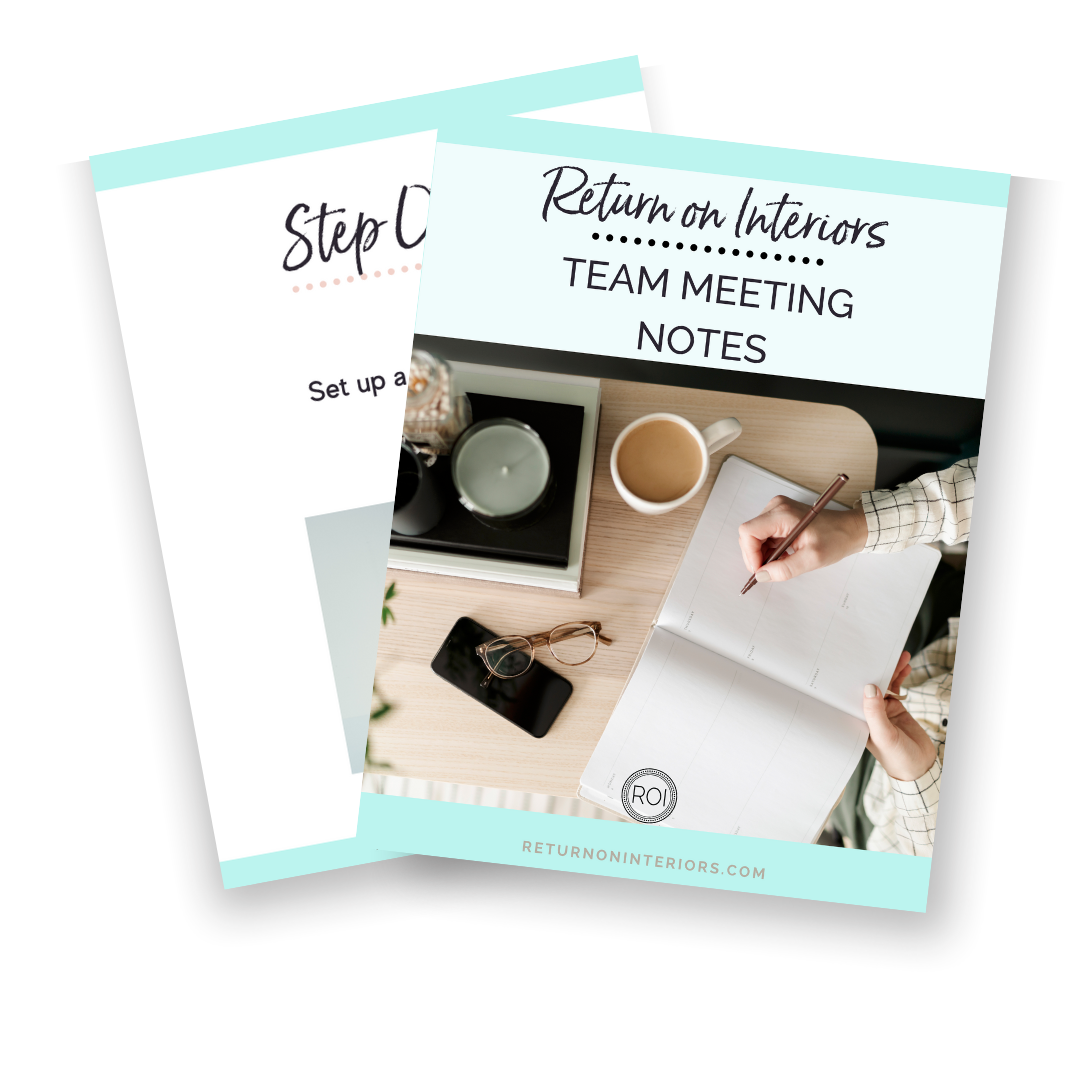
Navigating the Politics Between Your Client and the Builder
It can be tough working on a "team" that's been put together by a client, especially if you've never even met the architect or builder who is part of the project. We've all heard (or experienced) the horror stories of teams that weren't very good at collaborating. Or who were pitted against each other by the client. So here are some of the best ways to navigate those relationships and make the most of each project!
1. Meet Early & Establish Rules
Once you have a signed contract, the best thing to do is to ask for a meeting with all the key team members - including your client. You want to set the ground rules as quickly as possible for who is in charge as the project manager. If the client wants the contractor or builder to oversee the job, that doesn't mean you get to drop all responsibility. Talk through how your team works, what processes you have in place, and what your expectations are for other team members. This is a great time to also put regular meeting dates in place, talk about how you communicate with other people on the job (including the client) and how often you expect to be on the job site. You also want to understand what the timeline is for the construction so you can plug those into your calendar. And don't forget to talk about holidays and vacations! Final thought - if you are expected to be the project manager, you should know that before you present your fees. Adjust your proposal accordingly because managing a project means more money.

2. A Need for Speed
Just as you want team members to work well with you, you and your group need to be good partners. For example, contractors often need answers to questions within about three days. Don't hold up the project. Answer quickly and be sure you're staffed so you can redo drawings or selections quickly. Stick to your projected timelines as much as possible, because any delay can hold up everything on the project. You don't want to be the one who stops the process in its tracks. And if you do anticipate any issues or delays, be sure you let everyone know!
3. Set Regular Meetings
At your first team meeting, set a schedule for weekly site meetings and check your calendar for any holidays or dates that could interfere. The key is to have constant communication between you and the contractor, builder, architect, and subs. This is also a great time to take minutes, to note any changes or additions, and to talk about upcoming deadlines. Be sure you send the notes to everyone who was at the meeting, so the team is always on the same page. It's so much easier to head challenges off at the pass when you can see them coming ahead of time!!
4. Paper Trails & Punch Lists
All of my projects have a spec binder, and the builder/contractor has a copy of that binder. But here's where problems can hit you hard - if you don't update the builder's copy when you update your own binder, then there are going to be mistakes made. It HAS to be part of your process to update ALL binders at the same time. Those paper trails are so important. Keep copies of emails you've exchanged with clients and with the builder or subs. Always take notes at meetings and send those notes to everyone for approval. And remember to start the punch list as early as possible - I like to begin one as soon as the paint is dry in the house. Punch lists can take a long time to finish, so it's best to start one early.
Working with another company as part of a project's team can be tough, but keeping these ideas in mind will help smooth the way. And to make it easier for you, download my FREE Team Meeting Notes Guide. That will help you keep everyone on the same page.


 Get almost 50
Get almost 50



